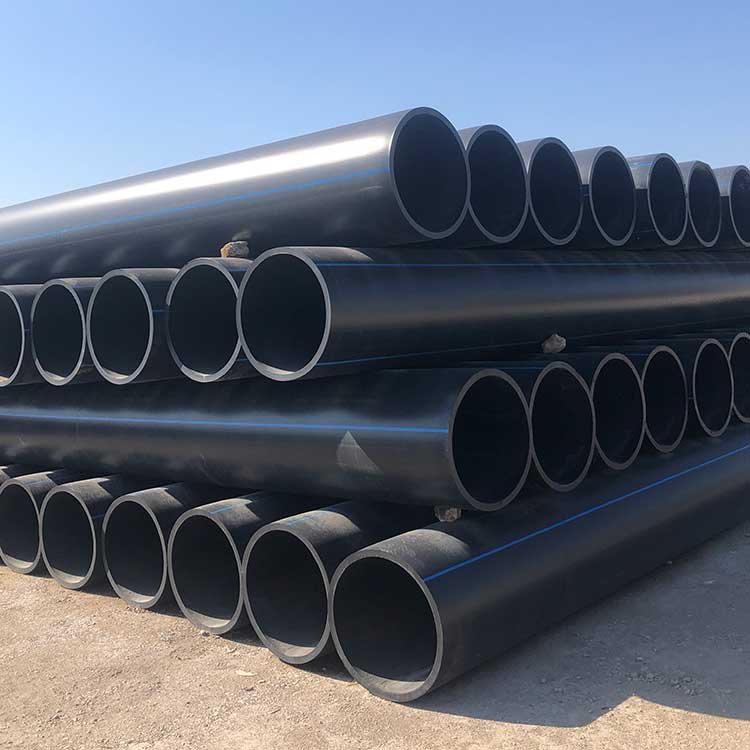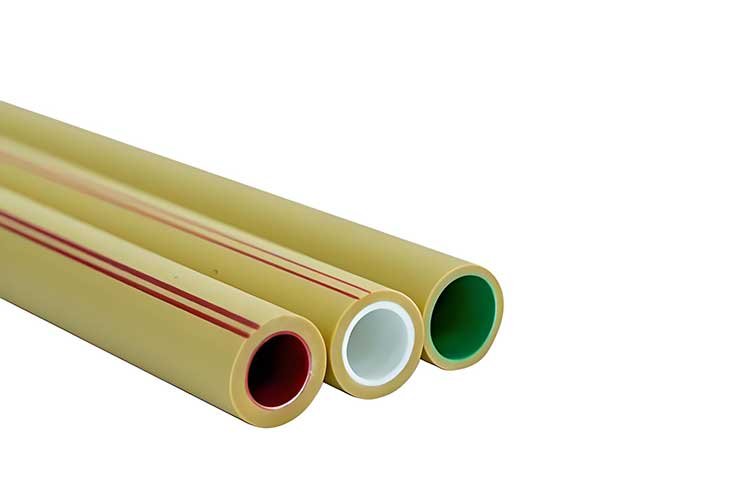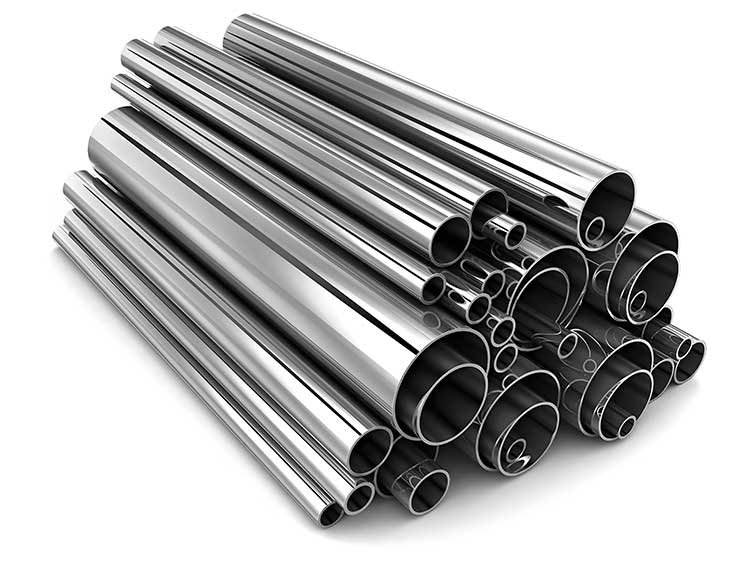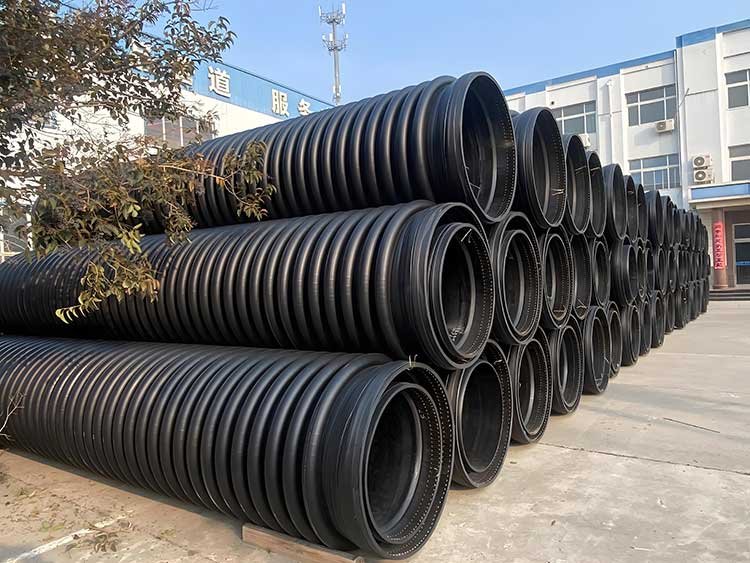Mining Pipe
The design and selection of mining pipes must fully consider the special needs of the mining environment to ensure that they can achieve efficient operation and long-term reliability while ensuring safety.
Send Your Inquiry Today
Mining Pipe Supply
Mining pipes are pipeline systems designed and used specifically for the mining and mineral processing industries to transport a variety of fluids or gases, including water, mud, tailings, chemicals, compressed air, etc. These pipelines play a vital role in the mining environment because they must be able to withstand extreme working conditions such as high pressure, high temperature and the influence of corrosive media.
Mining Pipe Main Features

Mining Pipe Material Selection
The material selection for mining pipes depends on the specific application scenario and its requirements. Common materials include but are not limited to:
Polyethylene (PE) and high-density polyethylene (HDPE): widely used due to their excellent chemical resistance and certain flexibility.
Polypropylene (PP): provides good heat resistance and chemical corrosion resistance.
Metal pipes (such as steel pipes): particularly important where higher strength and pressure resistance are required, but anti-corrosion measures may need to be considered.
Composites: combine the advantages of multiple materials and aim to improve the durability and functionality of the pipe at the same time.

Applications of JUNTONG Mining Pipe
Hydraulic transport: used to transport slurry or tailings, it is an economical and effective way to move materials over long distances.
Ventilation system: provides necessary fresh air for underground mines and helps to remove harmful gases.
Water supply and drainage: ensure the supply of clean water inside and outside the mine area and effectively manage wastewater discharge.
Chemical transmission: used to handle and transport various chemical reagents during the mineral processing process.
Related Articles
PVC Corrugated Pipe vs. HDPE Corrugated Pipe: What are the Differences?
In large-scale engineering projects, corrugated pipes are essential protective conduits for power, communications, and other…
What is PPR pipe
PPR pipe play a key role in many industries. They can be used for heating…
Stainless Steel Pipe–Selection Guide
Stainless steel pipe are widely used in various industries, from petrochemicals to food processing, from…
What is HDPE Carat Pipe?
What is a carat pipe Carat Pipe is a hot-wound high-density polyethylene (HDPE) spiral-wound structural…
Thirteen types of municipal pipe materials
Municipal pipelines, a crucial component of urban infrastructure, drain rainwater from urban surfaces, provide industrial…
HDPE Siphonic Stormwater Pipe Installation and Construction
The roof rainwater drainage system uses HDPE siphon rainwater pipes, which can quickly and effectively…





